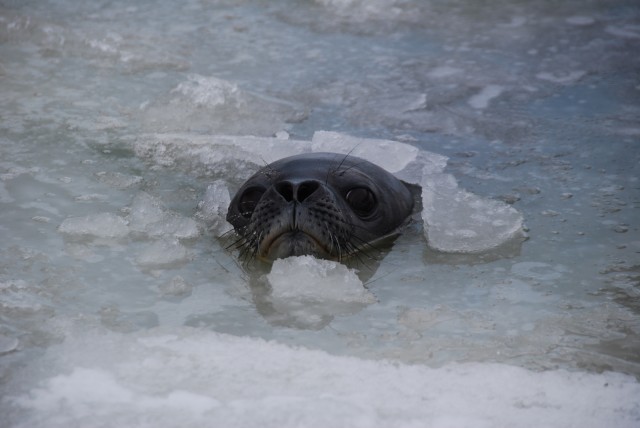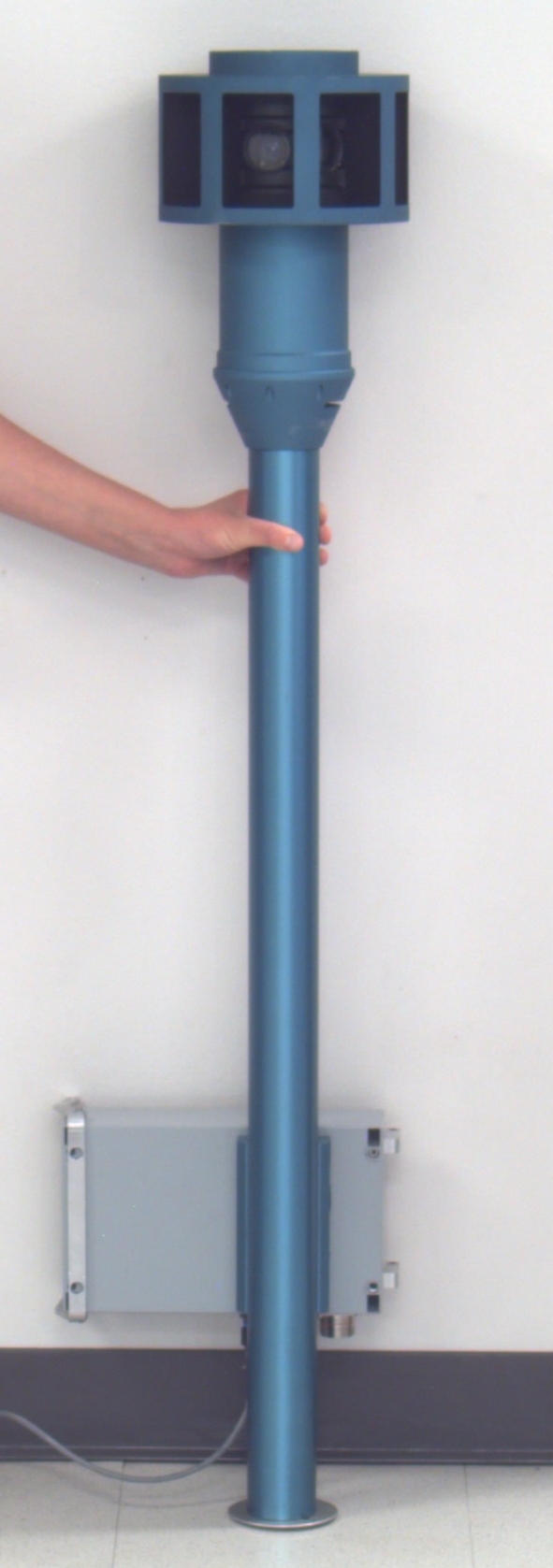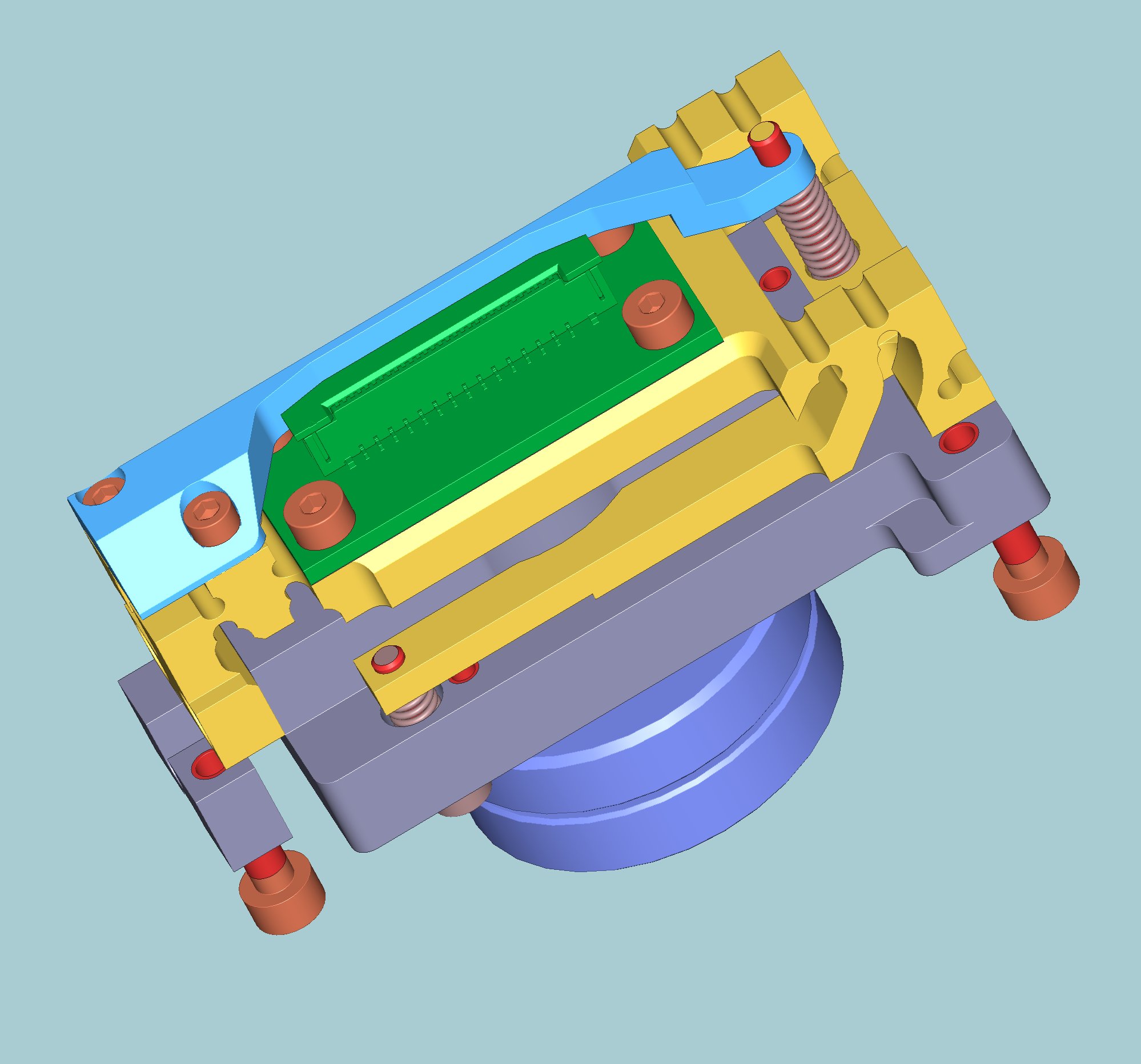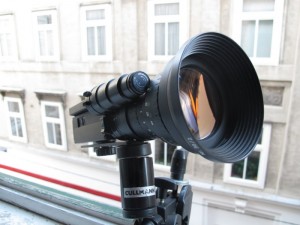November 30, 2010
by M@sh
In my search for an affordable and reasonable solution of creating high-res panoramic river views I came along the Elphel camera and it’s photo-finish mode. As part of my ongoing projects Danube Panorama Project, Nile Studies and the new umbrella project River Studies, I am capturing virtually endless panoramic river views from a moving vessels with a slit- or line-scan method. I was using webcams or DV-cameras before, and all possible ways to upgrade to higher resolutions either seemed clumsy (I don’t want to be loaded with much more than a tiny laptop or tablet and the camera itself), very processing intense and/or expensive and far out of reach of my (very limited) budget.
The “all-purpose camera” Elphel stepped in as a good, reasonable and flexible solution for that task. The first season using an Elphel353 is over, so time to share some of my experiences with Elphel and it’s not so well know photo-finish mode for line-scanning.
(more…)
November 18, 2010
by Andrey Filippov

Deconvolved vs. de-mosaiced original
(more…)
November 6, 2010
by Andrey Filippov
We were assembling four of the nc353_369_hdd camera kits with internal 1.8″ HDD. Unfortunately, when we assembled them – none worked, on the serial console output we could see unhandled interrupts leading to kernel panic when we just tried to format the disk. And the same on all of the 4 cameras, all of the 4 disks, so that could not be a problem with the particular board or device.
Yes, the disks we purchased – 120GB Toshiba MK1231GAL were new for us – we never used them before, but those that we tested earlier were not available. So we looked at the specs and concluded that they should work – same PATA, same ZIF connectors.
(more…)
October 5, 2010
by Olga Filippova

Elphel will participate in the UTOSC, October 7-9, 2010, with a presentation on October 8, at 11:30 am.
Free and Open Source software is still more common then Open Hardware and we would like to discuss our experience in designing and manufacturing high performance network digital cameras and the benefits of Open Hardware development.
In our presentation we will talk about:
- Benefits of being Open Hardware company from the business point of view.
- Pros and cons of developing a High Performance Open Hardware.
- Camera as a development platform. Easy customizable software (HTML, JavaScript, PHP) and firmware (Verilog HDL) allows modifying cameras to specific applications.
- Reconfigurable nature of hardware designed as a set of high-performance building blocks ready for a variety of configurations.
- Examples of applications.
- Future developements.
- Collaboration with Open Source community.
Please come join us for presentation and in our booth at UTOSC
October 4, 2010
by Olga Filippova
On October 2, 2010 Elphel had participated (remotely) in Russian Open-Source Hardware /mini-conference/ that took place in Saint-Petersburg. Full list of the projects presented are published in Russian
We were also invited and talked about the benefits of Open Hardware for our business, that we have experienced over the 9 years of existence.
The slides from the conference are available on the slideshare site of conference organizer, Alexander Chemeris
We participated over the phone, after an unsuccessful attempt to do video via Ekiga (did not have time to set it up properly), and we don’t use Skype; but at least the sound quality was good. We also had the pleasure to see other presentations, live, on the upstream.tv most of them in Russian, and some in English, like presentation from Arduino and Bruce Perens.
The presentations were very informative and we hope they will be uploaded on upstream.tv since we were getting ready to our talk and could only glance at the others.
August 4, 2010
by David

The Submersible Capable of under-Ice Navigation and Imaging (SCINI) is an underwater remotely operated vehicle (ROV) designed to facilitate oceanographic science research in extreme polar environments. The project was part of a three year grant, starting in 2007, from the National Science Foundation aiming to develop a cost-effective research tool that can be easily deployed through a 20cm hole in the ice. Over the past three austral summers, field teams led by benthic ecologist Dr. Stacy Kim and SCINI inventor Bob Zook, took the ROV into the cold southern waters surrounding McMurdo Station, Antarctica to capture video from parts of the natural world that have never been seen before.
(more…)
July 13, 2010
by paulo
There is ongoing interest on Elphel’s JP4 mode. JP4 color mode enables client demosaicing and near RAW quality with lower file size. There are a few JP4 modes available, but only a couple could be used directly using standard software, most modes needs specialized software. Currently, elphel_dng works for still images on JP4 and JP46 modes.
(more…)
July 11, 2010
by Olga Filippova

Elphel-Eyesis 1
On July 8, we have the first panoramic camera completely assembled and ready for the test ride. The total height is 1300 mm [4′ 3″]; it weighs 10 kg or about 22 lbs . The power consumption is 36W when camera is in operation, measured at the AC (110/220VAC) input. Camera head has eight 5 Mpix Color sensors around and one pointing up, with the full resolution of ~38 MPix (45 MPix before stitching). The data storage box (also waterproof) – at the bottom of the leg contains 3 swappable 2.5″ hard drives 500 GB each, which is enough to record up to 12 hours of images taken at 5 fps (max frame rate) at full resolution. Each image is geotagged via external GPS unit attached through the sealed USB connector.
The 8 high-resolution lenses are arranged very compact (distance between entrance pupils is 29.5mm), which allows for very small parallax. The high-res Fish-eye lens is pointed to the sky.
Camera head is 210mm [8.3″] in diameter , is waterproof, contains 3 Elphel 10353 processor boards and 3 Elphel 10369 extension boards, which provide IDE, SATA, USB, RS232, and other interfaces (only SATA, USB and sync I/Os are used in Eyesis configuration). Nine sensor boards (10338D) are connected through the three 10359A multiplexer boards that provide temporary storage for the images – all 3 sensors attached to the same 10359A board are triggered simultaneously, but data is transferred to the system boards one at a time. (more…)
June 24, 2010
by Andrey Filippov
Designing for low parallax
texture_tiles
When we started working on Eyesis project our first goal was to make the panoramic head as compact as possible to reduce parallax between sensors. That not only reduces the stitching artifacts but also decreases the minimal distance to object without dead zones between the individual camera.
 The first practical step was to reduce the PCB area around the sensors, especially in one direction, so multiple camera boards can be placed closer to each other, For that purpose we preserved the basic design of the proven 10338 sensor board, just changed the layout to make it more compact. The board 10338D is just 15mm wide – more than twice less than the older design.
The first practical step was to reduce the PCB area around the sensors, especially in one direction, so multiple camera boards can be placed closer to each other, For that purpose we preserved the basic design of the proven 10338 sensor board, just changed the layout to make it more compact. The board 10338D is just 15mm wide – more than twice less than the older design.
Next step was to run mechanical CAD program and try to place the boards and lenses. Most of the Elphel cameras were designed for the C/CS-mount lenses, but when I tried to place them I immediately found out that when using 10 or 8 cameras around even the C-mount thread (CS is the same size but even closer) will be the limiting factor, not the sensor PCB that we already made smaller.
(more…)
June 17, 2010
by Alexandre

RMLL 2010 (Libre Software Meeting) is a free (as a beer and as a speech) and non commercial conferences, workshops and round table about Free Software and its applications. The LSM goal is to provide a platform for exchange among Free Software developers, users and stakeholders.
(more…)
« Previous Page —
Next Page »






